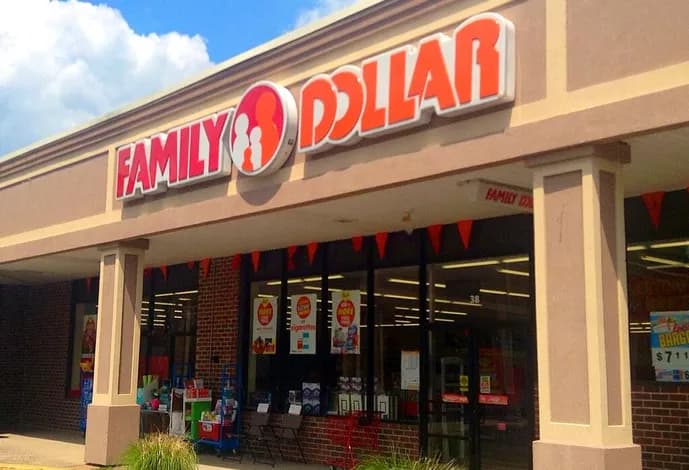
Dollar Offloads Family Dollar For About 11% Of Its Purchase Price
In one of the most brutal markdowns retail has seen in years, Dollar Tree has agreed to sell its long-troubled Family Dollar division to Brigade Capital Management and Macellum Capital Management for just over $1 billion—a far cry from the $9.2 billion Dollar Tree paid for it back in 2015. That’s an 89% discount, and no, that’s not a typo.
The deal, expected to close in Q2 pending regulatory approvals, is being framed as a strategic exit, one that finally brings an end to a decade of missteps, integration headaches, and underperformance. It’s also being framed—correctly—as Dollar Tree admitting it bit off more than it could chew, as Neil Saunders of GlobalData Retail put it.
But if this is a loss on paper, it’s a win in the market. Dollar Tree stock jumped on the news Wednesday, as investors cheered the company for finally cutting loose a business that has been dragging down margins, eroding brand clarity, and bleeding cash through store closures, theft, and operational inefficiencies.
"This is a major milestone in our multi-year transformation journey," said Dollar Tree CEO Mike Creedon in a press release that almost buried the fact they sold a $9 billion asset for a billion and change. "We will continue to grow and optimize our Dollar Tree business." Translation: We’re focusing on the side of the business that actually works.
To be clear, Family Dollar hasn’t just been underperforming—it’s been a sinkhole. In early 2024, Dollar Tree announced it would shutter 1,000 Family Dollar stores, citing inflation, shoplifting, and poor performance. The chain, which was supposed to complement Dollar Tree’s fixed-price model with more flexibility and rural expansion, turned into an operational nightmare, with overlapping store locations, confusing brand identity, and no clear strategic advantage.
Family Dollar has also struggled to keep up with more agile discounters like Dollar General and Five Below, who have been far more successful in aligning store formats with local demand. In many markets, Family Dollar locations suffered from low foot traffic, high shrink, and deteriorating real estate footprints—exactly the kind of properties CenterCheck tracks in its analytics platform. Our data shows that Family Dollar’s sales per square foot fell nearly 15% year-over-year in 2024, while customer frequency at urban locations declined 9% over the same period.
Now, two investment firms with a taste for distressed assets—Brigade Capital and Macellum Capital—are betting they can salvage what’s left. Macellum CEO Jonathan Duskin framed it as an “opportunity to reinvigorate an iconic business,” a bold statement considering the brand has been in a slow-motion collapse for nearly a decade.
That said, Macellum isn’t new to retail turnarounds. It has previously pushed for changes at companies like Bed Bath & Beyond (RIP) and Kohls (TBD). The strategy is clear: strip underperforming stores, realign merchandising, and optimize operations to unlock value through leaner, more responsive management. Easier said than done, but it's the kind of hard reset Family Dollar needs if it wants to survive as a standalone brand.
From a broader industry perspective, this deal underscores two key trends. First, the continued culling of underperforming store fleets, especially in the discount sector. Inflation, theft, and changing shopping patterns are pushing retailers to rethink sprawling real estate strategies. Second, it reflects the increasingly sharp divide between winners and losers in the value space. While discounters are booming overall, brands like Dollar General and Aldi are capturing market share, while chains like Family Dollar are shedding it.
As for Dollar Tree, shedding Family Dollar’s weight may give it room to finally fly. The brand’s fixed $1.25 format (after its price hike) continues to resonate with price-conscious shoppers, and its stores have shown stronger consistency and profitability metrics across urban and suburban markets. CenterCheck’s proprietary data shows Dollar Tree outperformed Family Dollar in same-store sales growth in 27 of the past 30 months, including a 5.1% increase in average basket size over the past year.
The message is clear: if you're going to be a dollar store, be one store, with one brand, and one strategy. Dollar Tree just made the hard decision to follow that logic—and it might be the smartest billion-dollar loss they ever booked.